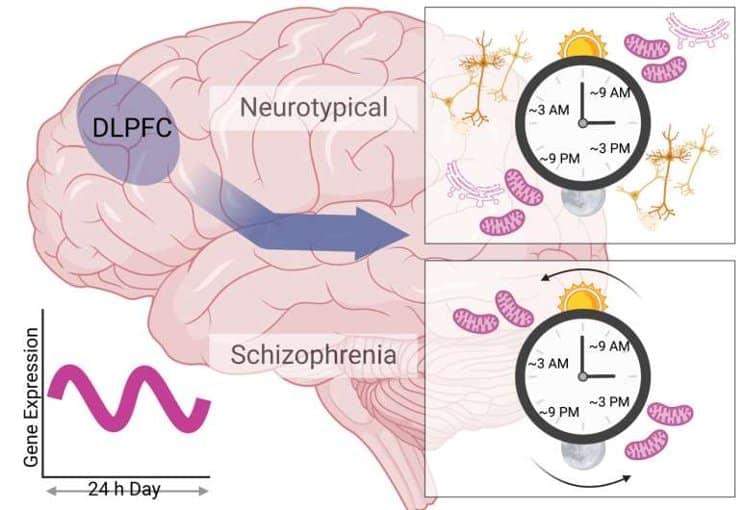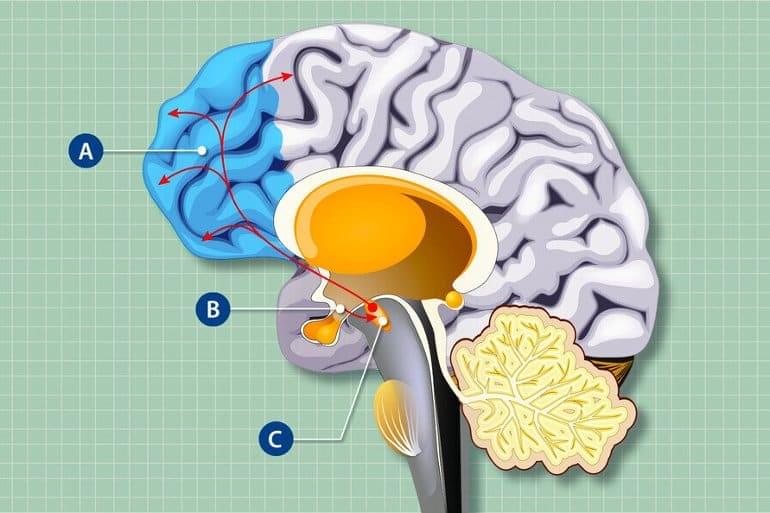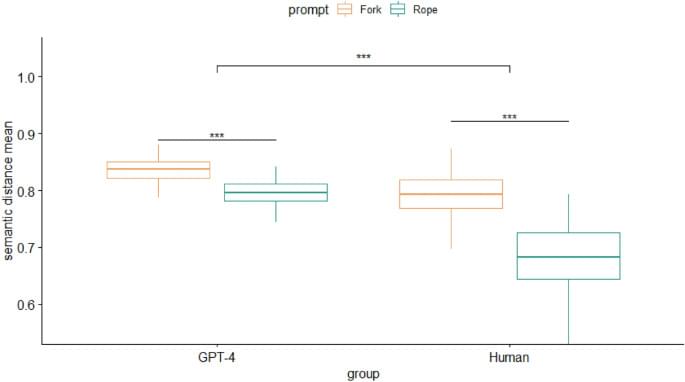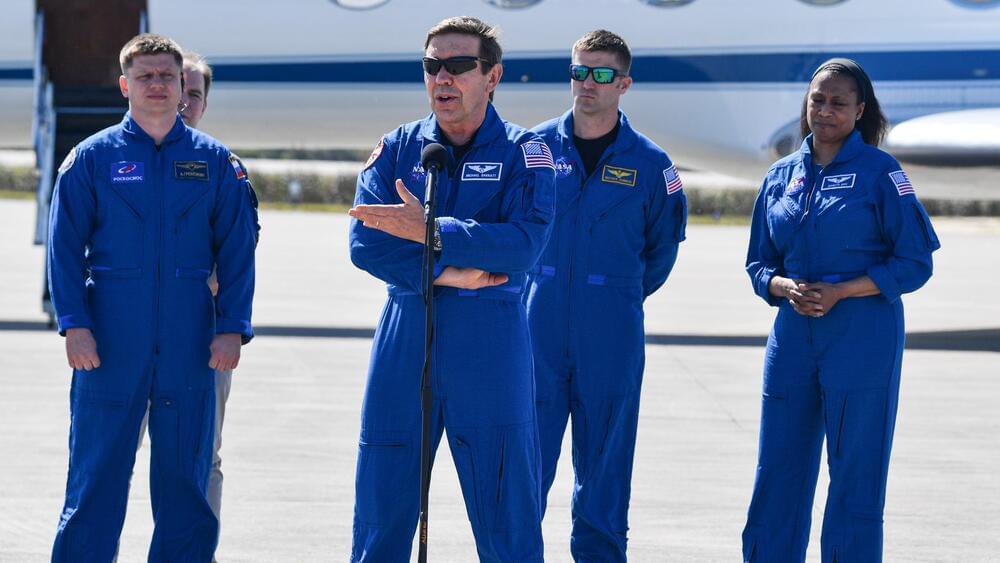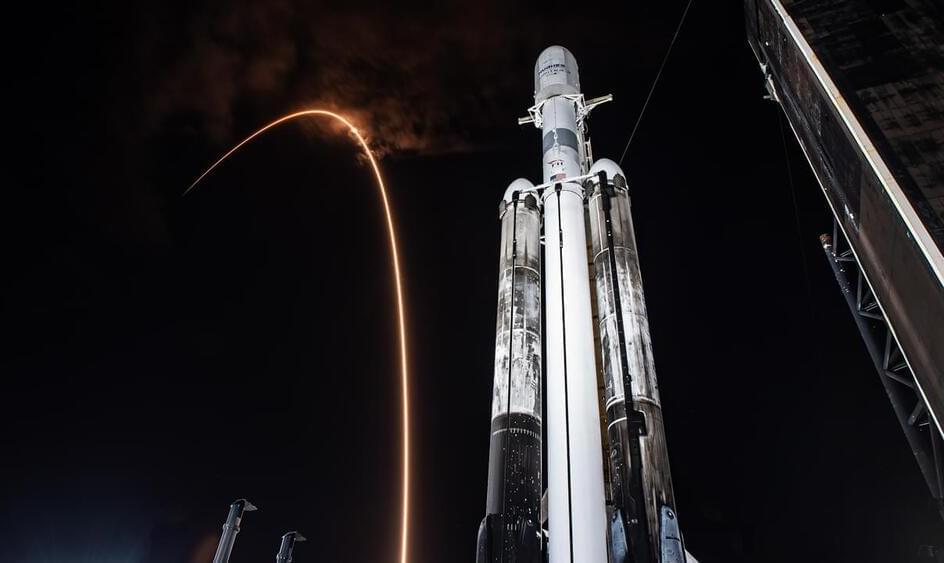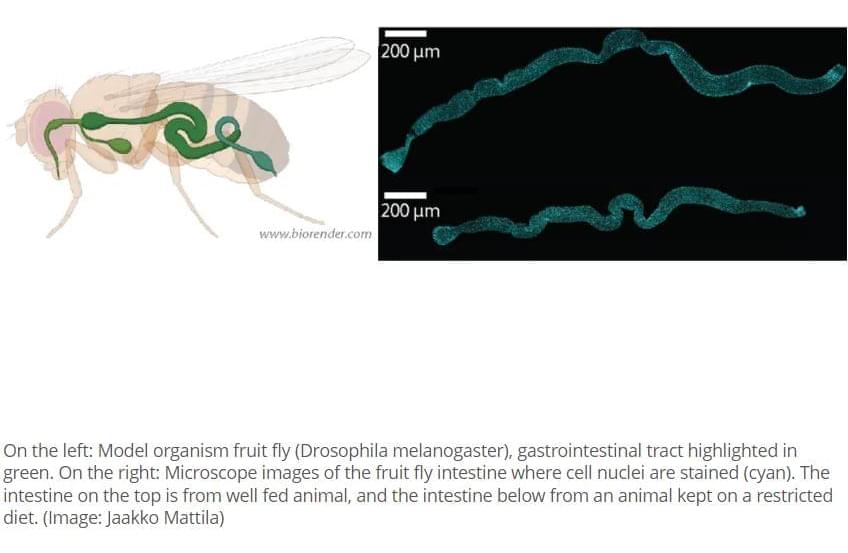Although the interplay between sex and mental health is well-studied, a new study suggests there may be a complex correlation between seemingly disparate disorders.
In a new paper published in the Journal of Affective Disorders Reports, a group of Italian psychology researchers say they’ve found a correlation between attention-deficit/hyperactivity disorder (ADHD), depressive symptoms, hypomania (the clinical term for “mania” or high energy) and hypersexuality, or an intense preoccupation with sexual thoughts and acts — and that people who experience these sets of symptoms may use sex as a sort of “self-medication.”
Study coauthors Giacomo Ciocca, a sexual psychology assistant professor at Rome’s Sapienza University, and Davide Doroldi, a clinical psychologist, told PsyPost that they were inspired to look into the possible link after observing higher rates of hypersexuality among people with ADHD.
